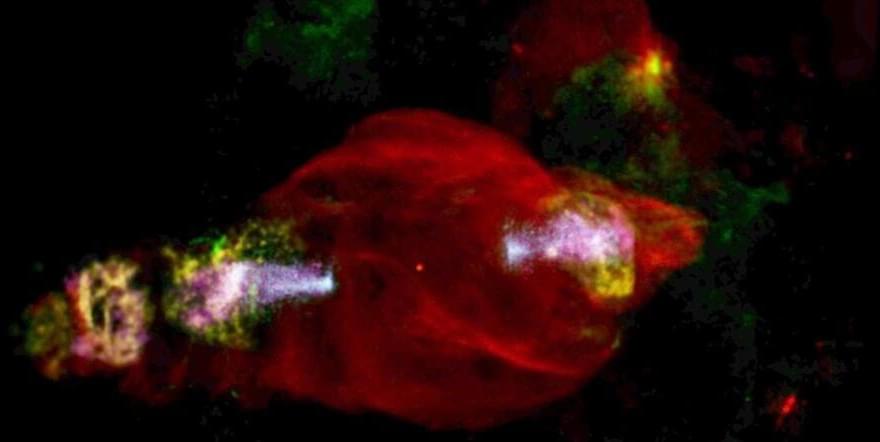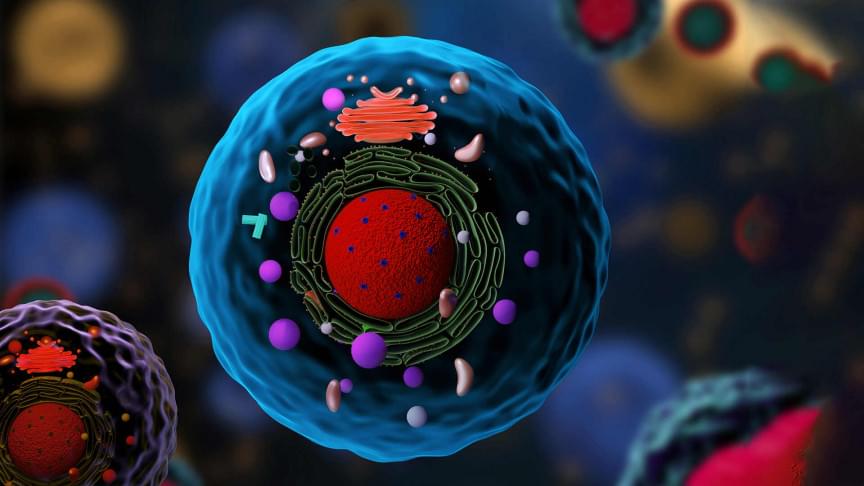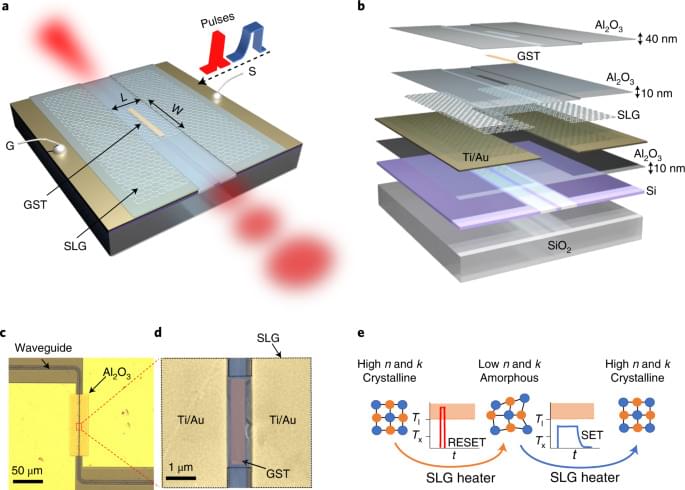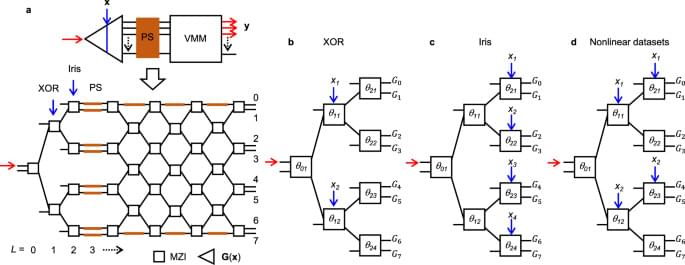A bumpy ride through expanding gas is powering up fast-moving particles in the Manatee Nebula.
1 hour ago.

A bumpy ride through expanding gas is powering up fast-moving particles in the Manatee Nebula.
1 hour ago.




In a trio of studies published on June 27 in the journal Nature Microbiology 0, researchers at The University of Texas at Austin have discovered “fingerprints” of mysterious viruses hidden in an ancient group of microbes that may include the ancestors of all complex life on Earth: from fungi to plants to humans.
Ths discovery is significant; it explores the hypothesis that viruses were imperative to the evolution of humans and other complex life forms.
These microbes – known as Asgard archaea after the abode of the gods in Norse mythology – are usually found in the frigid sediments deep in the ocean and in boiling springs, and existed on Earth before the first eukaryotic cells, which carry their DNA inside a nucleus.
A decade of Higgs Boson research has passed since the god particle was first discovered on July 4th, 2012. In the last ten years, scientists have extracted large amounts of data from the Large Hadron Collider.
“The construction of the storage went well, especially considering that the solution is completely new,” said Polar Night co-founder and chief technology officer Markku Ylönen in a statement.
“We managed to get everything in order despite some challenges and a short delay.”
He said the first installation has shown that the system “has even more potential than we initially calculated”.


